Introduction
All learning is interactive and could be made effective and applicable when contextualised to the base and relevant community. Mathematics is one of the subjects whose discourse requires relevance to the receiver. In this article, I discuss the mathematics that is displayed in the community and how teachers of the subject should be able utilise context and relevance for effective instruction and optimal learning. By definition, identification of mathematics in the given context is a teacher’s ability to acknowledge and utilise all mathematical implications and artifacts that surround the community, the land and the classroom. I will in this article provide examples from Luneta (2022) that illustrate various community-based mathematics-related features and demonstrate how teachers’ conceptual and procedural knowledge of the subject is important in these contexts. Most critics of place-based and community-based mathematics point out that it is only applicable to easy, simple, elementary mathematics. I, however, demonstrate in this article that place-based mathematics can be taught and illustrated from elementary to university engineering mathematics.
Defining the terms
Place-based mathematics, which in this article also refers to as community-based mathematics, is defined as an approach to critical mathematics education that engages learners and teachers and communities to their land and the surrounding in ways that provide transparency, vision and existence of the mathematics in context (Luneta 2022). Content knowledge in mathematics refers to knowledge of the mathematics being taught and pedagogical content knowledge is the knowledge of how to teach mathematics. I argue in this article that these two knowledge bases are critical powerful productive mathematics classrooms (Schoenfeld & Folden 2014) in which teachers have the ability to recognise, appreciate and utilise the existing mathematics displayed in communities, land and among citizenry.
The mathematics content
Number, number operation and relations are best taught in classrooms in which children learn addition, subtraction, division and multiplication by using the concept of place value but based on fundamental foundational meaning extracted from the community. For instance, with number operations and relation what is the mathematics in the picture (Figure 1).
 |
FIGURE 1: A picture I took of a lion that can be used in class to introduce the concepts of counting, number and number names. |
|
Teachers can discuss with learners in Grade 1 the number of claws of a lion, lines of symmetry, estimation of mass and how many poles is the lion seating on. The picture can be used to introduce the concept of counting, numbering and number names.
Patterns, functions and algebra
It is important for teachers to always explain to learners that nature is made up of patterns that can be turned into functional algebra. All number systems (Roman, Hindu-Arabic, Chinese, Mayan, Babylonians) are patterns. The Hindu-Arabic sets from whole and natural numbers and odd and even numbers to Fibonacci series all obey patterned algebraic rules. Figure 2 provides examples of place-based mathematics in the basket weavings that typify number series (next term is obtained by adding, subtracting a constant number to it previous term) and number sequences (set of numbers that follow a particular pattern or rule to get to the next term).
 |
FIGURE 2: A picture I took of baskets and mats that illustrate the mathematics in the patterns. |
|
Figure 3, a cone and a cylindrical base, shows the mathematics in the thatched roof that can be used to illustrate basic concepts of various polygons (circular bottom base of the cylindrical hut, rectangle if the cylindrical base is opened). At an advanced level, Figure 3b shows using calculus an answer to the volume of the cone and that of the cylinder.
 |
FIGURE 3: (a) Thatched huts. (b) Higher-order problems from the thatched huts. |
|
I argue in this article that while communities and land are mathematical by nature, teachers must possess good content and procedural knowledge of mathematics in order to be able to identify and utilise it in classroom.
Space and shape
Space and shape is perhaps the most visible and easily demonstrated area of mathematics at any level of schooling. Figure 4 can be used to demonstrate – triangles – equilateral, isosceles, lines of symmetry – local structures showing lines of symmetry.
 |
FIGURE 4: Various shapes and their properties illustrated in a thatched roof. |
|
In Figure 5, the bridge shows several shapes whose properties can be shown and used to exemplify their characteristics and definitions. For instance, the pillars are parabolic and semicircular. There are also examples of triangular shapes and prisms.
 |
FIGURE 5: In this picture, I took of a railway bridge in Tzaneen that teachers can use to teach various shapes. |
|
Measurement
Figure 6 shows how mathematical the weaver is and the fact that unless one knows the properties of the shapes, the patterns in the baskets cannot be attained. The lengths of the sticks, the reeds and the colours must all be measured.
 |
FIGURE 6: A display of basket made with mathematical precision measurements. |
|
Data handling
There are many examples that are community-based that teachers could use to illustrate and teach data handling, these include learners’ age, shoe size, class and school registers and readings of water and electric meters. Data science is becoming a very important subject for the world that is data driven.
Figure 7 demonstrates how the artifacts can be used to teach mathematics from the elementary level to engineering level.
 |
FIGURE 7: Images of spiral lines and basket showing the reeds in spiral and circular formats. |
|
The principle, knowledge and skills used by the weavers of the basket in Figure 7 are equivalent to the formula used by engineers when constructing the propellers of the engines of the planes. The weaver unknowingly uses the equiangular spiral parametric equation log(r/A) = cot, also known as the logarithmic spiral – (angle between the tangent and the radius at any point of the spiral is constant) (Tannenbaum 2007) to arrive at the mathematical conclusion of the angles and the reeds required to complete the pattern.
Figure 8 shows the advanced mathematics behind the weaver’s artistry and the formula used to determine the rate at which the diameter of the spiral is increasing as the basket is getting bigger.
 |
FIGURE 8: Equiangular spiral parametric displayed in a traditional basket. |
|
Conclusion
I argue that only a mathematically versatile teacher can visualise, appreciate and use the mathematics displayed in Figure 1, Figure 2, Figure 3, Figure 4, Figure 5, Figure 6 and Figure 7 effectively to the satisfaction and benefit of the learners. I have demonstrated in this article that place-based or community-based mathematics is pivotal in most mathematics classroom because it hinges on both the teacher’s and the learner’s context and experiences. I have also demonstrated that illustrations of place-based mathematics can be used to teach mathematics from elementary to university level.
References
Luneta, K., 2022, ‘Chapter 2: Can the Fourth Industrial Revolution resolve why the teaching of mathematics in the current paradigm continues to be decontextualised and ineffective?’, in B. Chirinda, K. Luneta & A. Uworwabayeho (eds.), Mathematics education in Africa The Fourth Industrial Revolution Mathematics, pp. 19–38, Research in Mathematics Education Series, 978-3-031-13926-0, Springer Nature, Singapore.
Schoenfeld, A.H. & Floden, R.E., 2014, The algebra teaching study and mathematics assessment project. An introduction to the TRU math dimensions, Graduate School of Education, University of California, Berkeley & College of Education, Michigan State University, Berkeley, CA, viewed 20 June 2022, from https://ats.berkeley.edu/tools.html and/or https://map.mathshell.org/materials/pd.php.
Tannenbaum, P., 2007, Excursions in modern mathematics with mini-excursions, Pearson Prentice Hall, Upper Saddle River, NJ.
|

